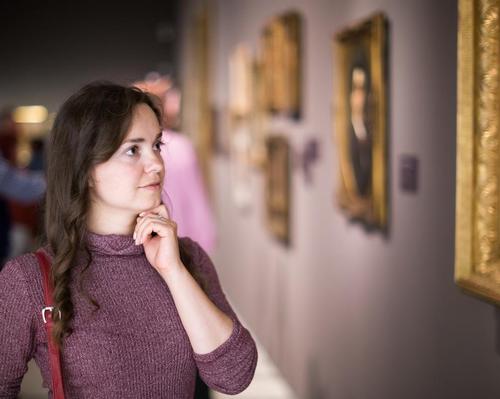16 May 2019
Museums showing an 'uncommercial' attitude to US$5.9bn touring exhibitions market, report finds
BY Andy Knaggs

Museums that host touring exhibitions are less concerned with profitability, seeking mostly just to cover their costs – in contrast to the tour operators themselves, who prioritise revenue generation over recouping costs in a market worth US$5.9bn (€5.3m, £4.6bn).
This is a key finding of a new report by Vastari, a technology company that tries to facilitate the connections between museums and collectors around the world, and which successfully matched content to more than 450 exhibitions in 2018. The report's valuation of the global museum exhibitions market is equivalent to almost 10 per cent of the entire global art market.
The disparity in commercial outlook between museums and exhibition operators can influence decision-making when striking deals over paying for setting up an exhibition and sharing ticket revenues. Many host institutions that rely on public money do not see themselves as commercial enterprises, and are also, therefore, less likely to go into partnership with commercial exhibition producers, according to the study – titled the Vastari Exhibition Finance Report.
"This shows how important it is for commercial producers of exhibitions to have a clear and deep understanding of their market, or they risk wasting a great deal of time and money targeting the wrong potential partners," commented Vastari CEO Bernadine Bröcker Wieder.
The disparity becomes more pronounced in certain geographical areas – specifically between European and US institutions.
"US institutions are more entrepreneurial, are privately funded and have smaller operating budgets. Fund-raising is much more central to day-to-day activity," notes Francesca Polo, Vastari's COO. "In Paris, on the other hand, institutions will strictly divide the commercial from the academic. The concept that you could have some crossover is really contentious."
The Vastari report also identifies differences in approach between science exhibitions and art exhibitions, with, for example, the priority of academic credentials over income generation being a far more contentious point with fine art exhibitions than scientific exhibitions.
The report looks at the state, scope and trends of global museum exhibitions, considering factors such as why institutions host or tour exhibitions, what budgets are, who they will or will not partner with, and their priorities and expectations from such ventures.
Bröcker Wieder said the report will "not only save organisations time and money, but it will also help them better target partners and budgets, assess risks, such as that for co-producers, and help them shape the nature and content of the exhibitions they put together".
Close Window